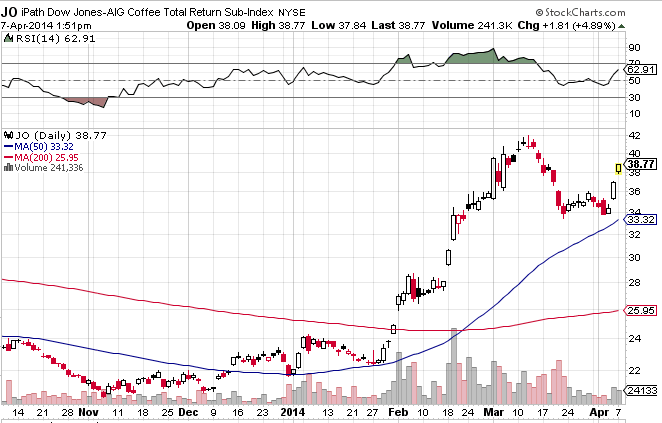ExchangeTraded Notes The Good And The Bad
Post on: 12 Май, 2015 No Comment

When referring to the impressive rise of the ETF industry or discussing the benefits of ETF investing, many investors use the term ETF incorrectly. While the majority of the 900-plus exchange-traded products listed in the U.S. are true 1940 Act exchange-traded funds, there are dozens of securities structured slightly differently, including exchange-traded commodities and currency grantor trusts. But the most popular cousin to the ETF is the exchange-traded note (ETN), a structure that provides many of the benefits of ETFs but that features some key differences as well (see Five ETNs Investors Love ).
ETN Investing 101
The use of ETNs is clearly on the rise; according to the April data from the National Stock Exchange, there are now 93 ETNs, up from 85 a year ago. Of these products, 15 have more than $100 million in assets. and several are among the largest and most heavily-traded exchange-traded products.
The manner in which ETNs offer exposure to various asset classes is often misunderstood. ETNs are debt instruments that are linked to an underlying index. Whereas most debt securities make regular interest payments at a fixed or floating rate, ETNs make a cash payment at maturity based on the performance of the underlying benchmark (less management fees). If the underlying index increases in value, the cash payment upon maturity will be greater than face value. But if the benchmark declines, its possible that the return of principle will be less than the initial investment.
Because ETNs trade on secondary markets, investors dont necessarily have to wait until the predetermined maturity date to cash out. Just like ETFs, ETNs trade just like stocks and can be bought and sold throughout the day.
Cautionary Tales, And The Other Side Of The Story
Despite the obvious popularity of the vehicle, most of what has been written about ETNs has been cautionary in nature, and with good reason. Its important for investors to realize that ETNs are senior, unsubordinated debt securities, and as such entail a certain amount of credit risk. So if Barclays were to go bankrupt and default on its debts, investors in the iPath Dow Jones-UBS Commodity Index ETN (DJP ) would have to get in line with the rest of the companys creditors to get back their investment. This situation is obviously very unlikely, but cant be written off altogether (as investors in Lehman ETNs learned the hard way in 2008).
While ETNs have some risks not characteristic of ETFs, they also have potential benefits. While most investors know that ETFs seek to replicate the performance of an underlying index, not everyone realizes how difficult that task can be. While indexes are hypothetical benchmarks that can be rebalanced and reshuffled with the push of a button, ETF managers are tasked with going out into the market to buy and sell securities. In highly efficient and liquid markets (such as U.S. large caps), this may be relatively easy. But in markets that suffer from chronic illiquidity, replicating performance and minimizing tracking error may be more easily said than done.
India is a good example. Some investors will likely be surprised to learn that the most popular exchange-traded product offering exposure to this emerging market isnt an ETF, but the iPath MSCI India ETN (INP ). India has become one of the worlds fastest-growing economies, but trading volumes on Indian stock exchanges remain relatively light. That can translate into larger bid-ask spreads and complicate the index replication process. Two of the most popular India ETFs have lagged behind their underlying indexes over the last year (see a list of all India ETPs ):














